Madagascar
About Sense of Oceans
- The main asset of Sense of Oceans Madagascar, it’s these men and women that work together since 1994 to prepare your journey, to accompany you on roads and tracks, to share evenings around the campfire, to discuss about the journey and share their passion for the country. Whatever are your desires, discovery or relaxation trips, active or quiet holiday, engaged trekking or gentle hiking, ecotourism and theme trips, the team at Sense of Oceans Madagascar, always at your service, will offer high quality routes in strict accordance with your expectations. The responsiveness of their answers will surprise you!
- Great specialists of trekking or hikes in Madagascar, their Malagasy guides are true professionals! They are of all trips from exploration to the realization. They travelled Madagascar in all direction, know every corner, they have “cousins” everywhere. They are tireless explorers and great traveling companions. For some years now, Madagascar has become a destination with the capacity to host Incentive trips for groups of 15 to 60 people, especially in Nosy Be. Sense of Oceans Madagascar has successfully organized these kind of tours in the past and is looking forward to receiving your requsts for this kind of business, too.
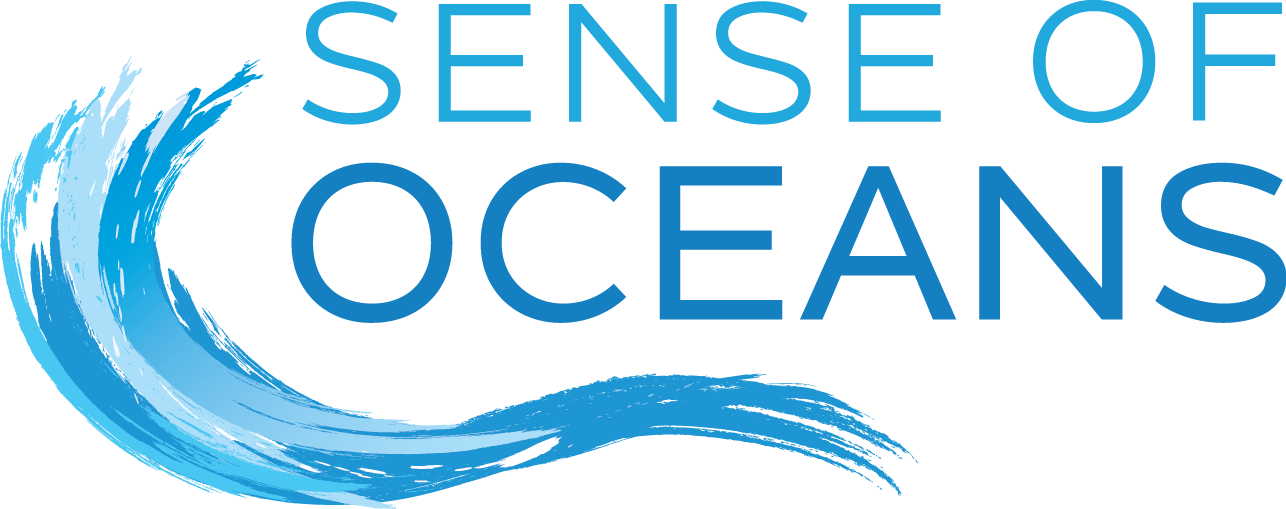

Olivier TOBOUL
Product & Services
- FIT and small groups
- Family Travel
- Honeymoons
- Themed Tours
- Trekking, Hiking & Adventure Tours
- Transfers & Excursions
- Incentives
Contact Info
- VR54DN Ambohidraserika – Mahazoarivo
- Antananarivo 101
- Madagascar
- + 261 34 49 627 24
Top Activities
- Discover the amazing wildlife in the national parks and private reserves.
- Sail a catamaran in Nosy Be Island and surrounding islands for few days
- Dive with whale-sharks in Nosy Be and discover the island of Nosy Iranja for a picnic on the edge of the lagoon.
- Observe humpback whales and enjoy Sainte Marie island, a charming little paradise in the Indian Ocean.
- Drive along the scenic Road National 7 through the highlands, the Isalo National Park up to the superb Ifaty lagoon.
- Trek the best spots of Madagascar such as Peak Boby, Andringitra, Isalo, Makay and enjoy the evenings with the local guides and porters.
Top Selected Tours
Do you need a quotation or more details?
About Madagascar
Where do Malagasy people come from? When did Madagascar become populated? Some mysteries remain, but there are some certainties. It is from Asia, Indonesia, Polynesia that the first inhabitants of the island left. It was between the 10th and 13th centuries. A great crossbreeding followed with Arab and African contributions. The myth of the Vazimba, the original inhabitants of Madagascar, is still very much alive. Kings and queens succeeded one another for 4 centuries, the most famous one: Andrianampoinimerina who made the unity of Madagascar by decreeing that the sea is the limit of his rice field. As a French colony from 1900 to 1960, the country kept their language, part of its culture and strong economic relations. Today Madagascar is a republic of 25 million inhabitants led by a president elected every 5 years.
Malagasy gastronomy is made of fresh products. The meat is more likely to be zebu, grilled or in sauce. Fish and seafood will delight you along the coasts. Tropical vegetables and fruits are always on the menu. But the invariable remains rice. From morning to evening, from north to south, it is rice that the Malagasy love. And to drink? Rum of course!
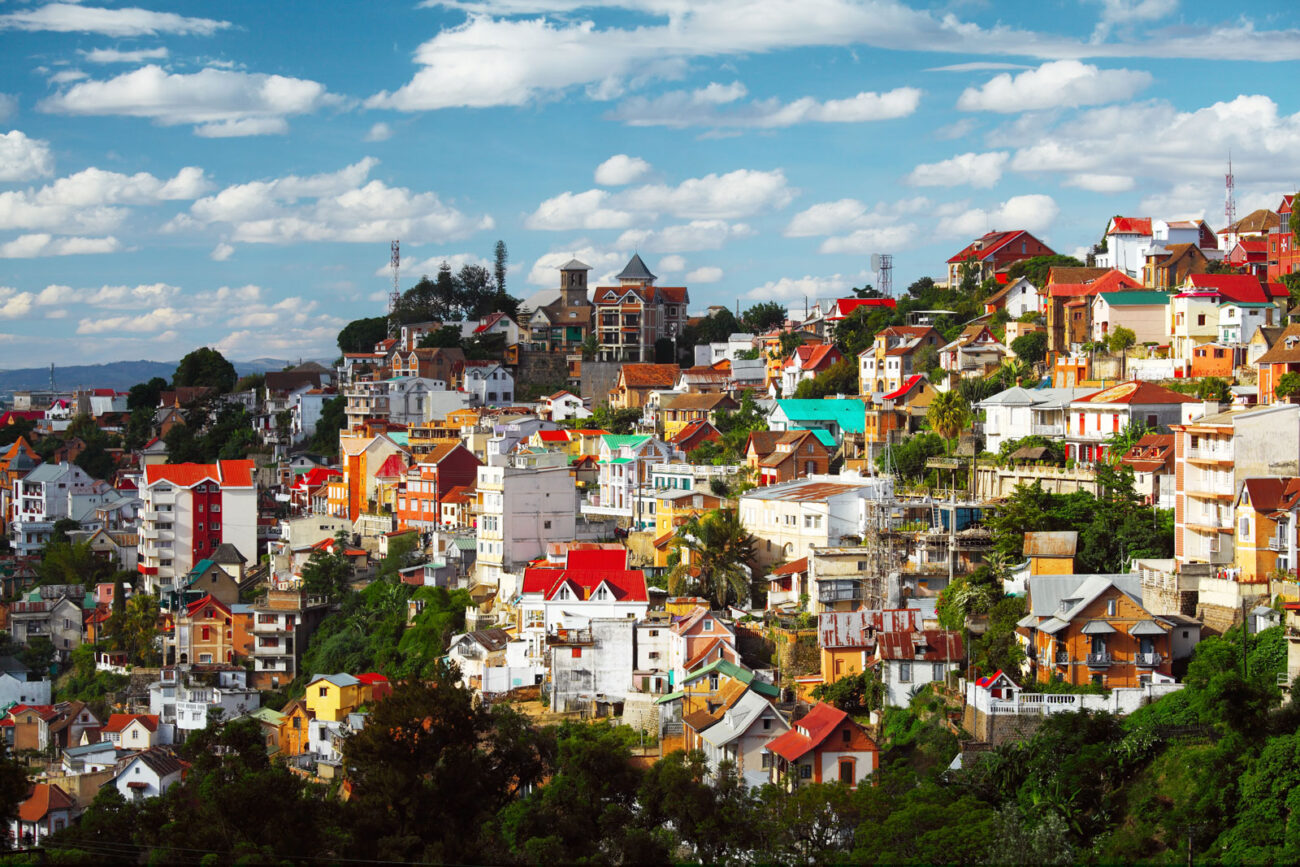
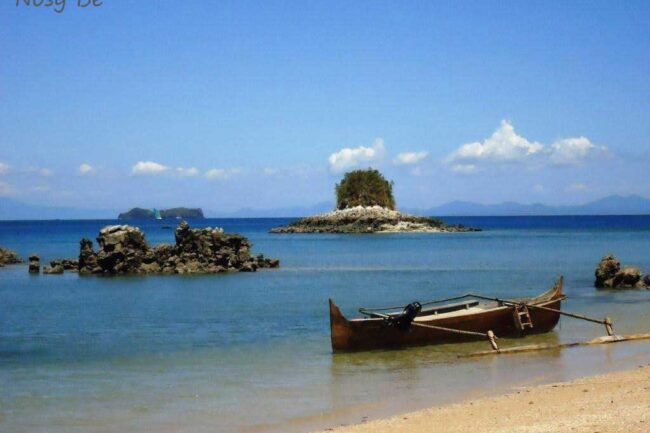
Nosy Be
The seaside spot par excellence with beautiful properties, sublime landscapes, charming neighbouring islands and a very relaxed atmosphere. Located in the Mozambique Channel, near the north-western coast of Madagascar, the island is also called Ambariobe (big island) by its inhabitants. Nosy Be holds a lot of surprises in store for visitors. Forests with exceptional fauna and flora, the Lokobe Park and some volcanic lakes. It is also the ideal starting point for boat tours to neighbouring islands or the Madagascan west coast with its numerous small fishing villages.
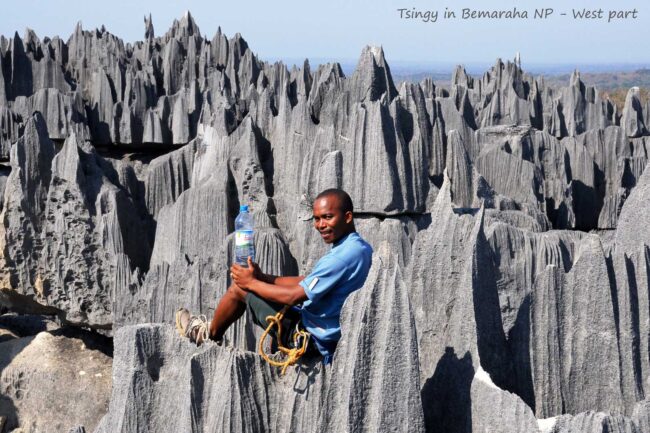
The Tsingy of Bemaraha
An ancient coral reef which was transformed into a stone forest sculpted by water, wind and time. It is one of the most astonishing landscapes in Madagascar and part of the country’s largest natural reserve, the Tsingy de Bemaraha Strict Nature Reserve. Also, the park is home to seven Lemur species, which of one is the Deckens sifaka, known for its creamy white fur and black face.
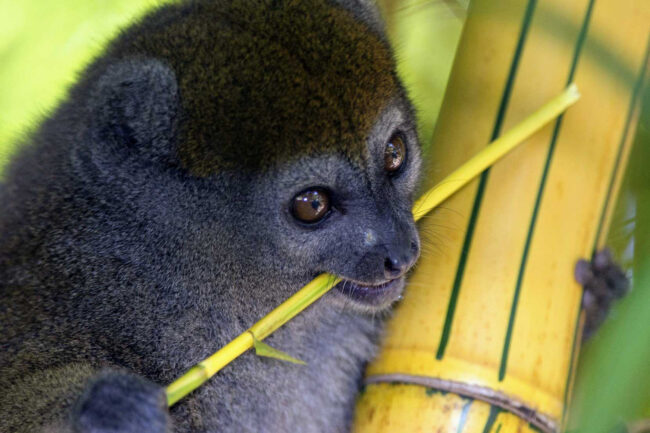
Ranomafana National Park
Located in the south-eastern part of the island, this is the country’s most popular national park. The landscape in the eastern part of the park is the most scenic, covered by densely forest hills, traversed by countless streams. Numerous birds, butterflies, bats and lemurs are living in this park, which of one is the endangered bamboo lemur.
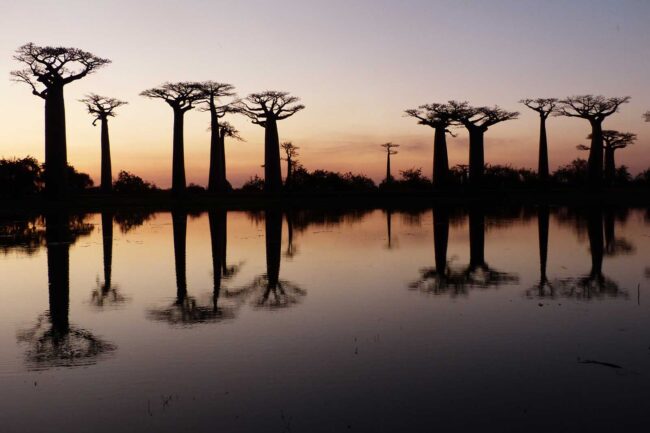
Baobabs Avenue
7 species of baobab trees are present in Madagascar, some are up to 800 years old. Along the dirt road between Morondava and Belon’i Tsiribihina in western Madagascar, these trees are one of Madagascar’s most-seen attraction. They did not originally grew in isolation but stood in a dense tropical forest decades ago. The forest was cleared over the years for agriculture, leaving only these famous trees.
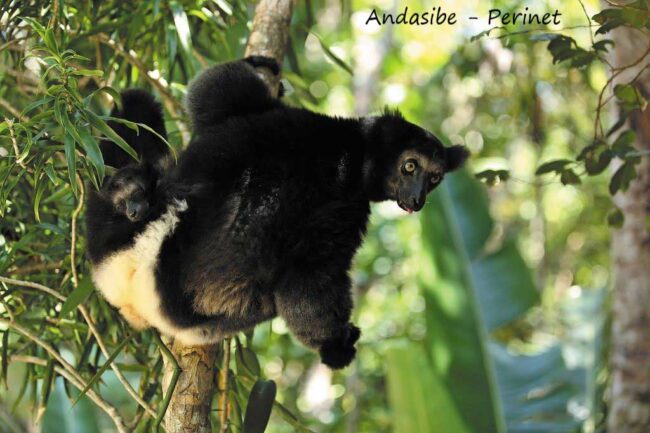
Andasibe-Mantadia
Split into two areas, the Mantadia National Park and the Analamazoatra Reserve, this national park is located near to Madagascar’s capital city. The forests of Andasibe-Mantadia impress with moist moss, ferns, trees of impressive heights and more than a hundred species of orchids that bloom between September and January. The unbeaten highlight, however, is the country’s largest lemur, the Indri.
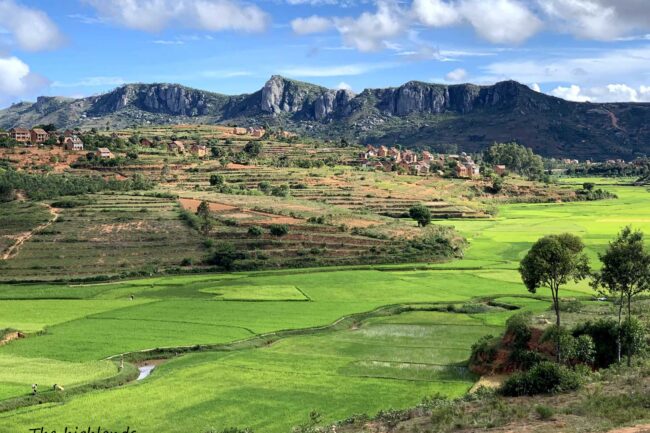
The Malagasy Highlands
From Tana, the capital, southwards on the Route Nationale 7, they stretch across the centre of the island. At an average altitude of 1,300m, it is the emblematic landscape of Madagascar with its rice terraces and small villages with red earthen houses and their thatched roofs. The atmosphere is one of pastel colours and shimmering light. An amazing road trip.
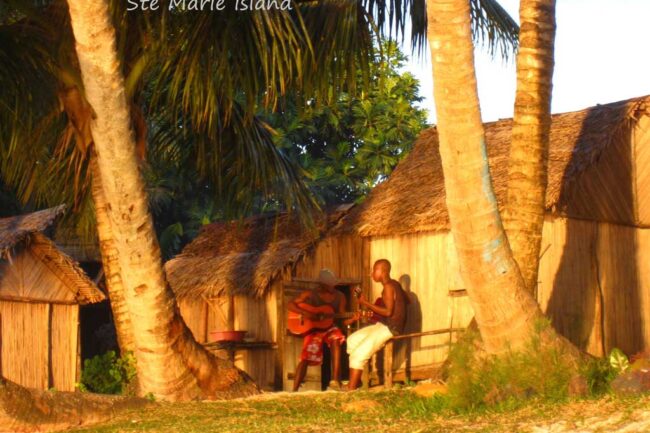
Ile Sainte Marie
This paradise island in the heart of the Indian Ocean is a former pirate’s hideaway. Several wracks of pirate ships can still be viewed from the shallow waters. One can also enjoy a regenerating bath in the islands sea water basins, created by the rocky barriers. Moreover, the island offers dreamy beaches, forest trails, as well as exceptional diving spots. Also, it is a place for humpback whales that come to breed and to give birth during the mating season.
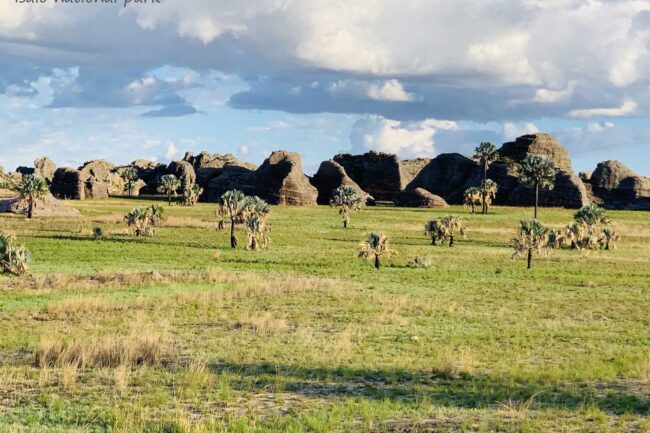
Isalo National Park
Located in the southern highlands in a breath-taking mountain landscape of jagged cliffs and rocks shimmering in all the colours of the rainbow. The park is known for its varied terrain, reaching from steep canyons, areas of grassland, sandstone formations, to natural pools lined by palm trees. Because of the variety of colours, the park is also known as “The Malagasy Colorado”.
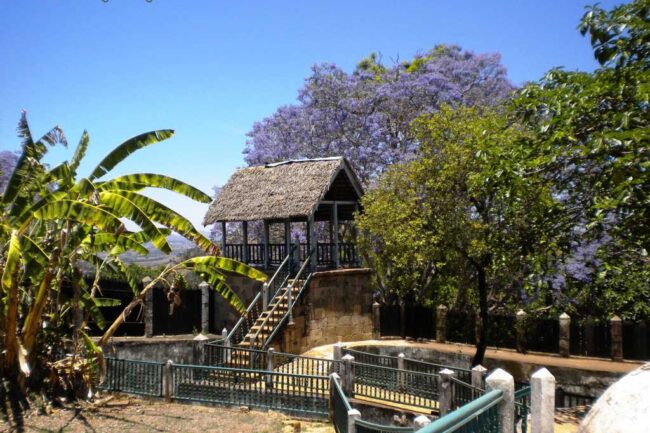
Royal Hill of Ambohimanga
Considered one of the most sacred places in the country for 500 years, this is a historic village where the kings of Madagascar once lived. It is surrounded by a wall which was built in 1847 with mortar made of lime and egg whites. The Mahandrihono grounds include the former home of the island’s great king Andrianampoinimerina with walls made of solid rosewood, and artifacts including drums, weapons and talismans.
